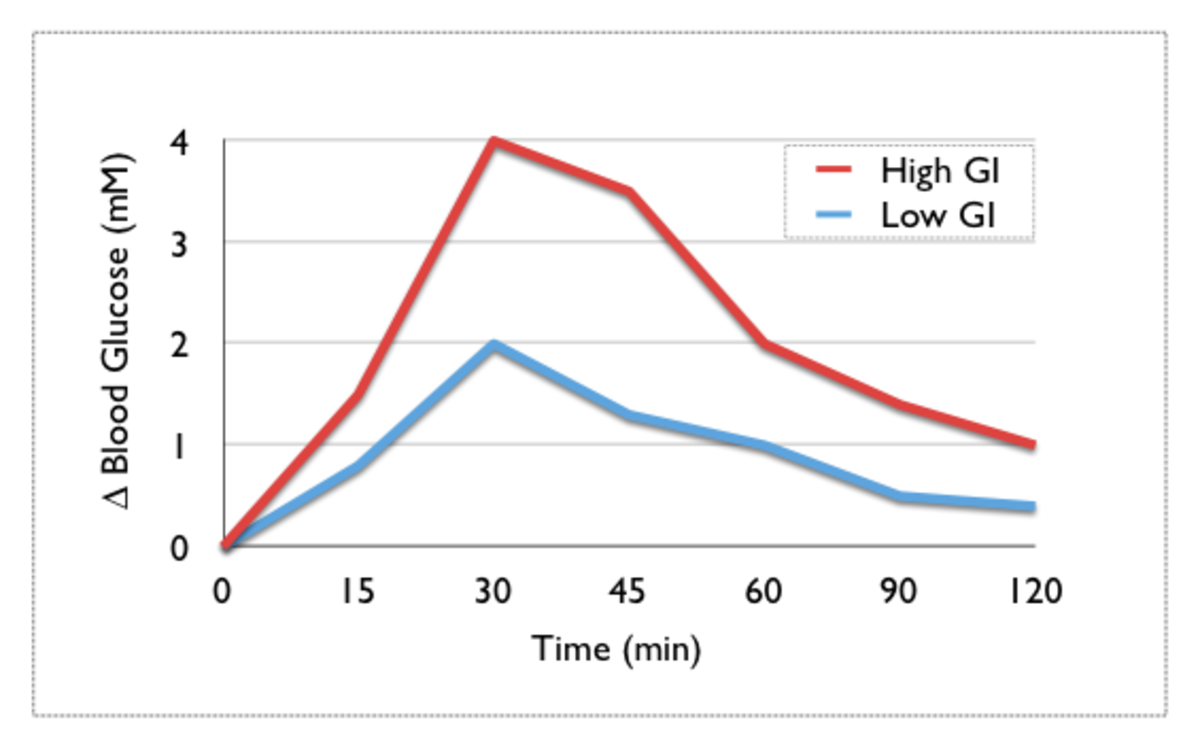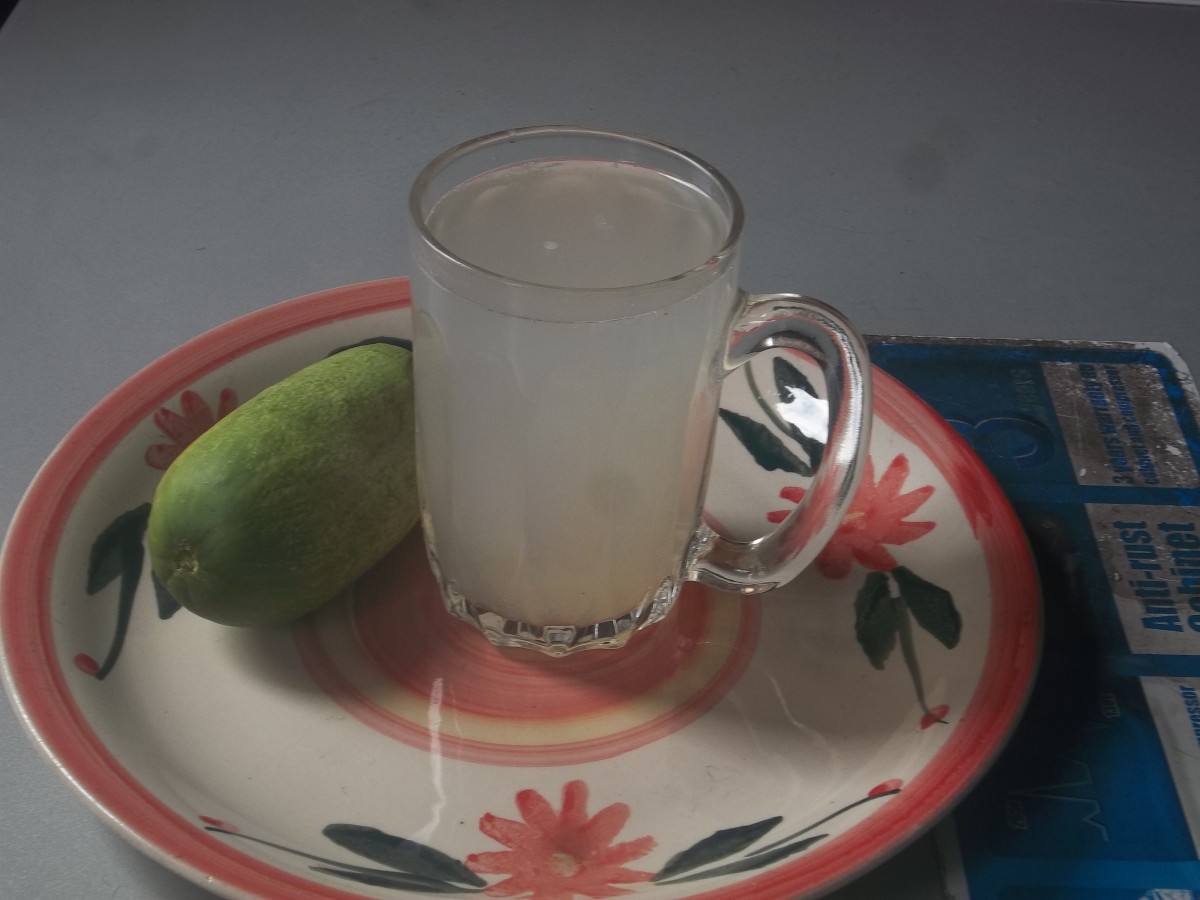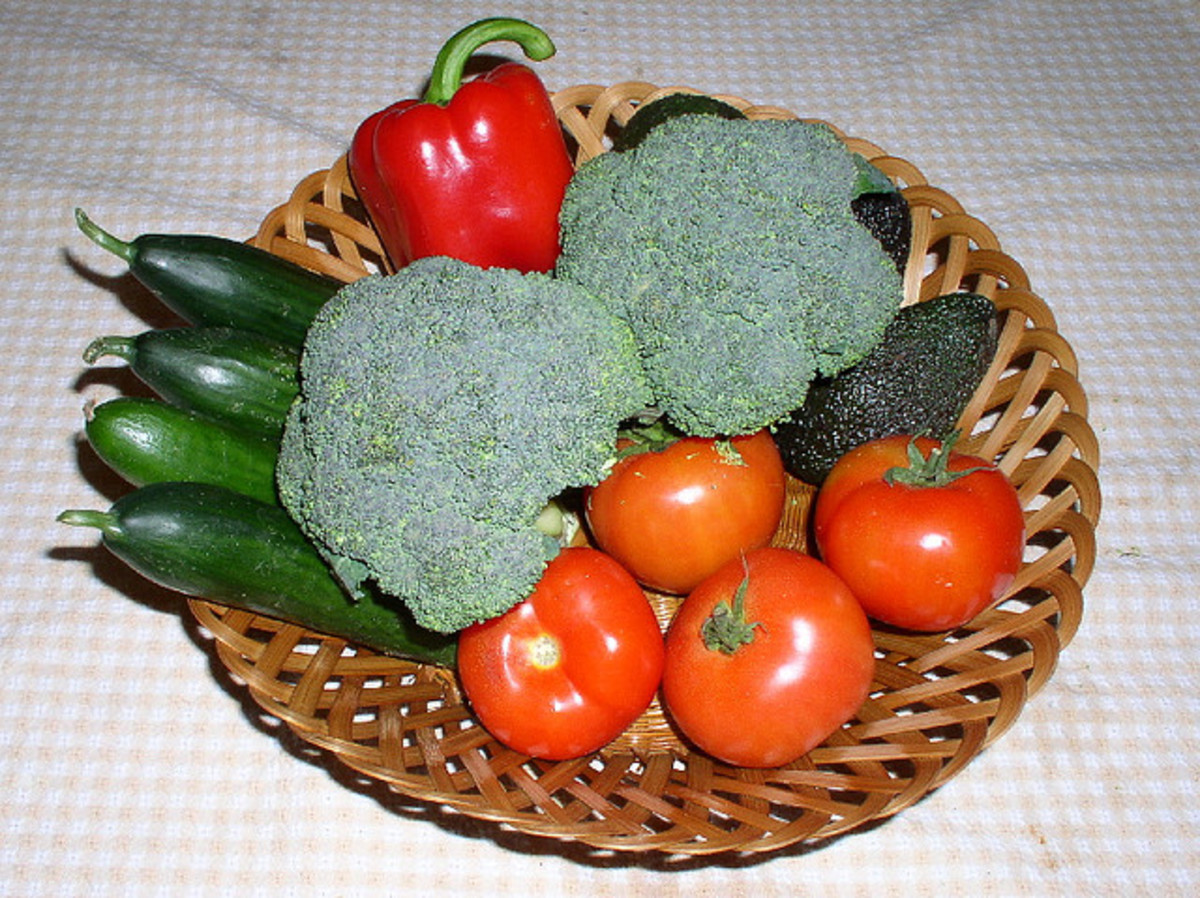Good Carbs - Bad Carbs: Making an Informed Choice
Good Carbs? Bad Carbs?
We hear a lot about Carbs these days. Some information says “Don’t eat them” or “Don’t eat anything white!” “A new study shows that avoiding carbs and eating more fat will contribute to weight loss… “ People crave carbs and sugar, children get sugar overload…
On the other hand, a plant based diet, loaded with complex carbohydrates is good for you and some studies show that it is among the healthiest of diets. So which is it? Are carbs good? Or are they unhealthy and bad?
What is a Carb?
“Carb” is a short way of saying Carbohydrate which is an energy containing component of many foods including a lot of healthy ones such as fruits, vegetables, grains and dairy foods. Carbohydrates come in several forms, the most common being sugars, starches and fiber.
The basic element of every carbohydrate is sugar. While simple sugars such as those found in fruit and desserts are one and two molecules in length, starches and fibers are long and longer chains of sugar molecules. Ingredients that end is –ose, such as dextrose and sucrose are simple sugars.
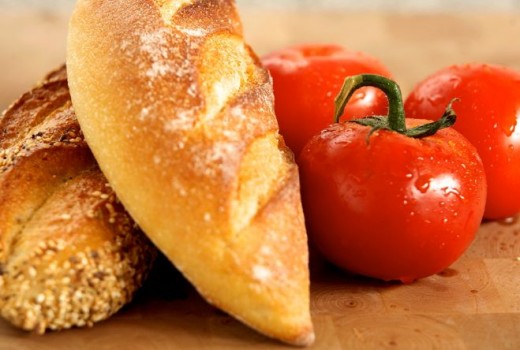
Do You Include Carbs In Your Diet?
How often do you include carbohydrates in your meals?
How the Body Processes Carbohydrates
When you eat carbohydrates, most are broken down in the digestive process into 1 or 2 sugar molecules. The body will convert most of these sugars into glucose. Glucose crosses into the bloodstream (blood sugar) and is carried to the liver and brain to either be used or to be converted into cellular energy.
The shorter the sugar chain, the faster glucose enters your bloodstream. This may cause a spike in your blood sugar. This is a good thing is you are competing in an endurance race.
When sugar is in the blood, Insulin is released. Insulins job is to take sugar out of the bloodstream. If too much sugar is in the bloodstream at one time, it is converted to lipid and shuffled off into fat cells.
Fiber does not break down into sugars. It goes through the digestive system largely intact. There are two types of fibers, soluble (dissolves in water) and insoluble (does not dissolve).
Soluble fiber forms a gel and bulks up the stool. It assists with motility. It also binds to fatty substances, such as LDL (bad) cholesterol, and carries them out as waste. It also helps regulate blood sugar.
Insoluble fiber helps to clean the lining of the intestine like a brush. It helps push food through the intestine, promotes regularity and prevents constipation.
Another type of fiber, Oligosaccharides, such as Inulin, help to feed GI bacteria. Supporting the growth of good flora strengthens the immune system and supports good health.
How Much Carbohydrate Should I Eat?
Even if you are trying to lose weight or have Diabetes, about 45% of your calories should come from carbohydrates. Include plenty of whole vegetables, whole fruits, whole grains, beans and some dairy products.
The actual volume will depend upon your total energy needs. 1-3 servings per meal is usually adequate (6-9 servings per day).
A serving size is the amount that contributes about 15 grams of carb:
- 1 slice of bread
- 1/2 cup rice or raw hot cereal
- 1 oz (3/4 cup) cold cereal
- 1 medium piece or 1/2 cup fruit
- 1/2 cup cooked vegetable
- 1 cup raw vegetable
- 1 cup milk
- 1 oz cheese
- 1/2 cup cottage cheese
- 1/2 cup cooked beans, peas or lentils
Check the Nutrition Facts Label
- Total Carbohydrate: This is all of the carbohydrate in one serving. Is the serving size the amount that you will eat?
- Sugars: This is the amount of simple sugar in the food and may include natural sugars such as lactose in milk.
- Fiber: This is the total amount of fiber. Look for foods that contain 2 grams or more. The recommended amount of fiber per day is 25-30 grams.
Net Carbs and Timing
- Because fiber is indigestible, it does not affect blood sugar or trigger the insulin pathway. Subtract the grams of fiber from Total Carbohydrate to get Net Carbohydrate.
- If you eat the bulk of your carbohydrate early in the day, you have more of a chance to burn off the energy produced.
Bad Carbs - Good Carbs
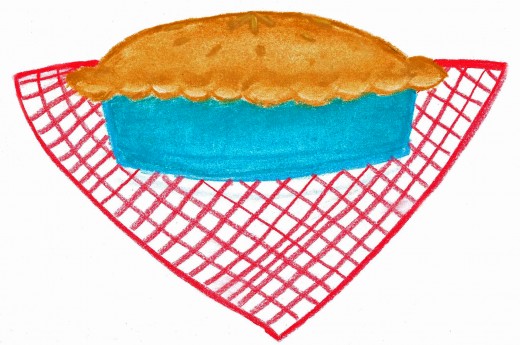
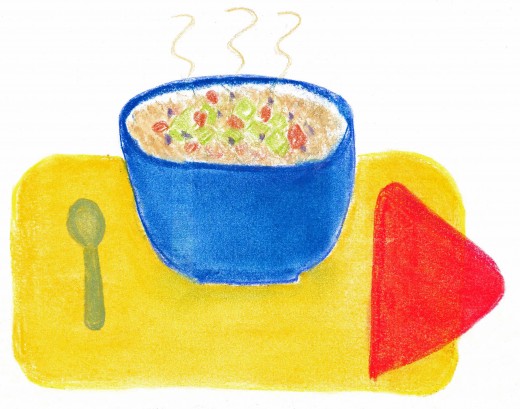
The Bottom Line
While we need carbohydrate for energy, some carbs are better for us than others. All will affect your blood sugar but simple sugars may cause an sugar spike in the bloodstream that affects how much insulin is released. The release of insulin affects how the energy is used.
Foods that affect your blood sugar are:
- Grains, such as bread, rice, cereals, tortillas, crackers
- Fruits
- Vegetables, especially starchy vegetables
- Beans, peas, lentils
- Milk and dairy products
- Refined sugars and some artificial sweeteners
The more a food affects your blood sugar, the more it fits into the "bad carb" catagory. These are the foods we typically think of as "empty calories", such as pastries,chips, breads and crackers made with refined (white, enriched) flour, sodas and sugary drinks.
Complex carbohydrates break down more slowly in the digestive tract and do not cause a rapid rise in blood sugar. Whole Grains, whole fruits, vegetables, and beans also contain fiber which is beneficial. These are "good carbs".
There is also benefit in consuming resistant starches and oligosaccharides such as Inulin and cooked and cooled potatoes.
For more Health and Nutrition Tips and advice, connect with me at www.facebook.com/BetterHealthWithBilli


